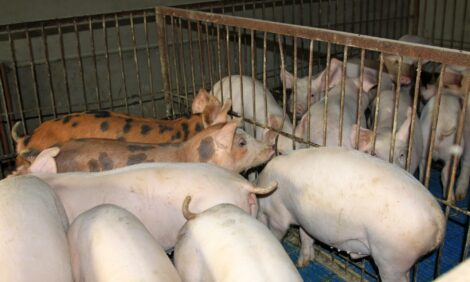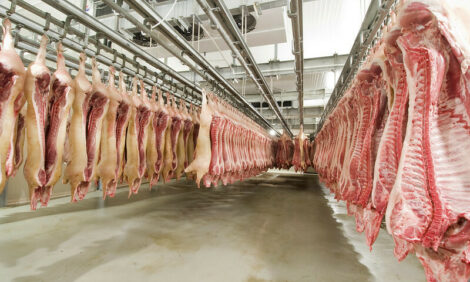



How to Catch a Disease Outbreak Early
What can you do to aid in early detection of disease on your farm? Daniel Linhares, assistant professor at Iowa State University, shares three steps pig producers can take to improve their odds of catching a disease outbreak early."It's a very important topic, and there are basically three components of the disease detection process," he said. "The earlier we can detect the better, because the earlier you detect, the more rapidly you can apply interventions."
- Diagnostic monitoring of the entire pig population. On a weekly or monthly basis collect biological samples, submit to the laboratory and screen for specific pathogens of concern.
- Monitor production records every few days. More specifically, for example, number of abortions, number of pigs that died, number of mummies or stillbirth, number of sows that are off feed. Collect key production metrics and use that in a systematic way to monitor how is the herd is progressing. Detect early spikes or early signals of change and/or significant changes in the production records. Whenever the system detects a significant change in production records compared to the baseline, there is a need for the producer to send more biological samples for testing. It's also important at this stage to contact the veterinarian and discuss which samples are needed and what are the possible diseases to investigate.
- Evaluation of clinical signs. On-farm staff must be trained and aware of what to look for. Clinical signs should be monitored on an hourly basis by the on-farm staff who work with the herd every day. Ensure they understand what's normal behavior and to call their supervisor or veterinarian whenever they see something that's not normal or expected. For example, increased coughing, a change in cough pattern, the type of cough or diarrhea. Behavior changes might include if pigs are not up, active and eating or drinking regularly.
"Those three things combined are really powerful," he said. "Screening of clinical signs is critical and is usually the first sign of the onset of diseases. [On-farm workers] should be encouraged - if there's something unexpected, call your supervisor or call the veterinarian. Then have a diagnostic work-up done to make science available to early-detect whatever's going on."
For more information about swine diagnostics, click here or connect to the Thermo Fisher Scientific Swine Resource Center.







